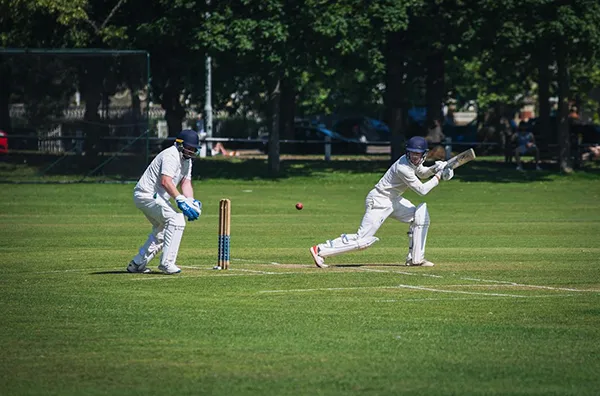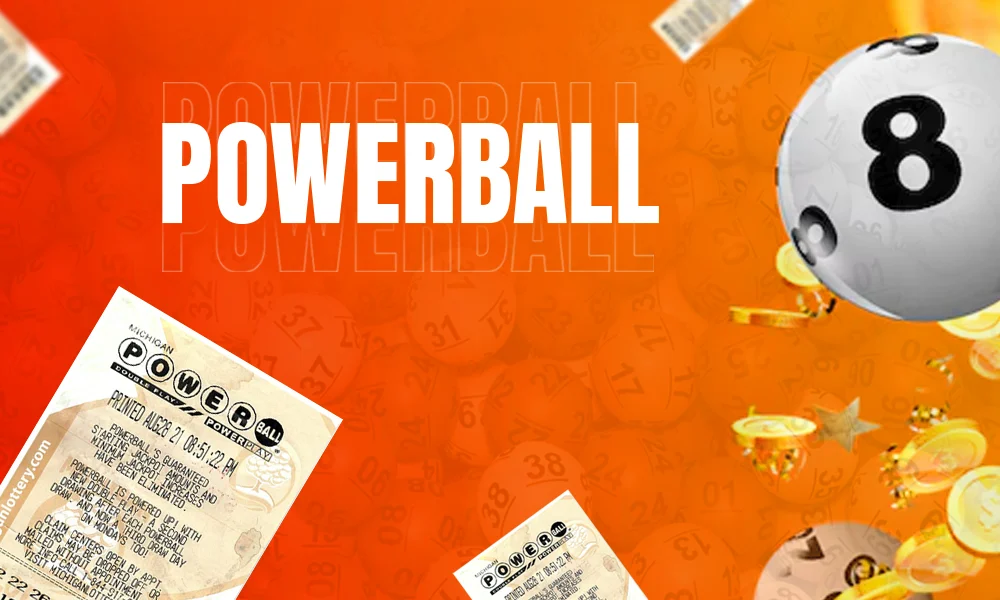Modern Sports Analytics: Three Unique Origins

A century back, sports fans couldn’t imagine modern sports analytics. At the time, the idea of using hard numbers to rank players or predict their future in the sport would have been far-fetched. Though there were some movements related to sports and statistics, the vast majority of fans preferred displays of style and showmanship over data.
Statistics are a deeply integral part of the modern industry—which is a fairly recent shift. Starting with Billy Bean’s Moneyball book, published back in 2001, sabermetrics started to bleed into other sports. By the 2010s, the Houston Rockets’ Daryl Morey was applying statistics to improve his team’s outcomes. He was so successful that he steered the NBA’s current style of play.
But the concept of bridging statistics with sports isn’t actually that novel or new. It’s been evolving slowly over centuries—and it didn’t begin with athletics, ironically enough. Let’s dive in and explore three origins of the modern stats era.

Poker: A Look at Probability
Unlike today where statistics are used at almost every level of professional sports, traditional analysis was far different. Stats are used to inform how teams train and how staff arrange their lineups. Stats are used to predict the outcome of the postseason, along with pre-season results. They also inform computer picks at sportsbooks and even how fans arrange their fantasy lineups.
Stretching all the way back to the 1600s, probability was a major part of gaming. Over time, and as games like poker evolved, statistical thinking started to become a decisive part of gaming for savvy players. Today, modern poker pros rely on statistics to help improve their game, which is just as significant as things like understanding the best poker hands available and how to spot another player’s bluff.
But since the trend has to be dropped at some point, two scientists were busy hashing out the basics of probability—in direct relation to gaming. These scientists were Blaise Pascal and Pierre de Fermat. The latter was a huge fan of gaming and wanted to use science to improve outcomes. The pair traded letters discussing and crafting probability-based statistical approaches to gaming, which were soon applied to card games like poker. Here, we see the very first intersection between skill, gaming, and probabilities.
DID YOU KNOW?
The game of poker is thought to have originated in New Orleans between 1810 and 1825. The first notable mention of the game now called “poker” was by English actor Joseph Cowell in his 1829 memoirs.
Cricket: A Record-Keeping Perspective

Games like poker were the first topics in which regular, everyday people started interacting with probabilities and stats. But anyone with a background in sports analytics knows that baseball was the very first sport that took on hard numbers and data.
However, the ‘Father of Baseball’, a man named Henry Chadwick, drew inspiration from cricket when reporting on baseball in the late 19th century. Yes, you heard it right. For those who don’t know, baseball was in fact made after taking inspiration from cricket. That is why both sports are somehow similar to each other.
Based on his experience in cricket, Chadwick knew the importance of keeping records. As a sportswriter, he prioritised records and statistics when reporting on baseball.
Not only did this help popularize the sport in the US, but it also helped tie together stats and baseball. Throughout the course of his career, many credit Chadwick for standardizing stats like strikes, batting average, and earned run average.
DID YOU KNOW?
Cricket is a sport which arguably incorporates more modern technology than any other sport. Even more than Football.
Roto: A New Fan Experience
Over the course of centuries, stats became an integral element in gaming circles. In the late 1800s, record-keeping became the norm in professional baseball. By the 1950s, these two worlds had met, creating an interest in using stats and records to craft a new baseball fan experience.
Here’s where we enter the era of SABR, which took off after Percentage Baseball was published in 1964, followed by the official Baseball Encyclopedia in 1969.
Note: If you don’t know what ROTO means, Roto, or rotisserie, is a common way to play fantasy sports, which are online games where players create teams using real players.
At the time, these two books became the subject of great discussion amongst baseball fans—even if professional players and teams were still a little suspicious of sabermetrics. As any sports fan knows, these books helped foster the very first fantasy baseball leagues, which started popping up in the 1970s and 80s.
From there, fantasy sports and ‘roto’ of all stripes took off, helping contribute to the modern era of stats-centric sports analytics. Today, in addition to fantasy sports and roto, stats are incredibly paramount in helping make betting picks.
Conclusion
As of now, you must be aware of how statistics play a key role in sports analysis. So buckle up, and learn as much as you can to succeed in this field.









